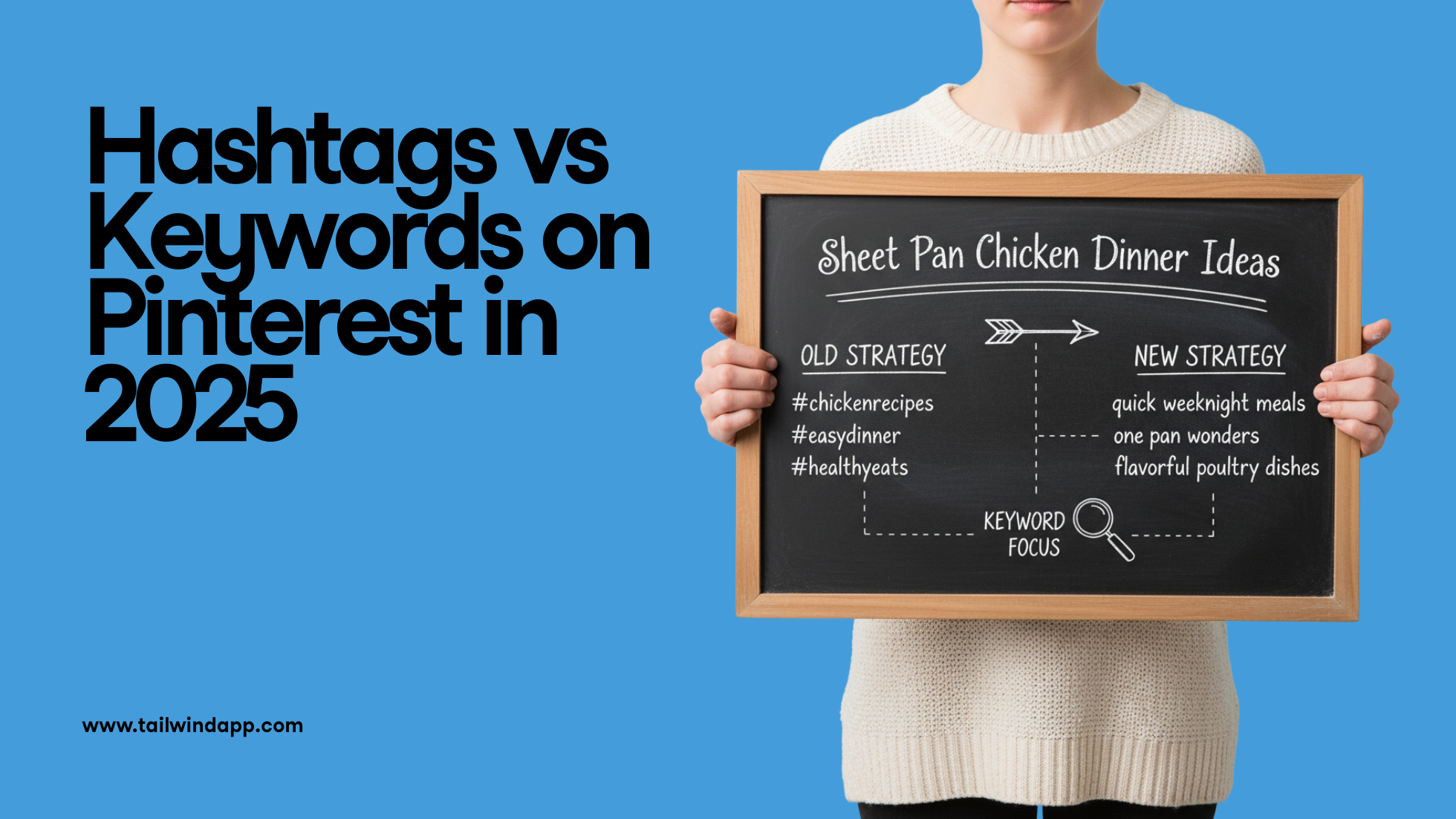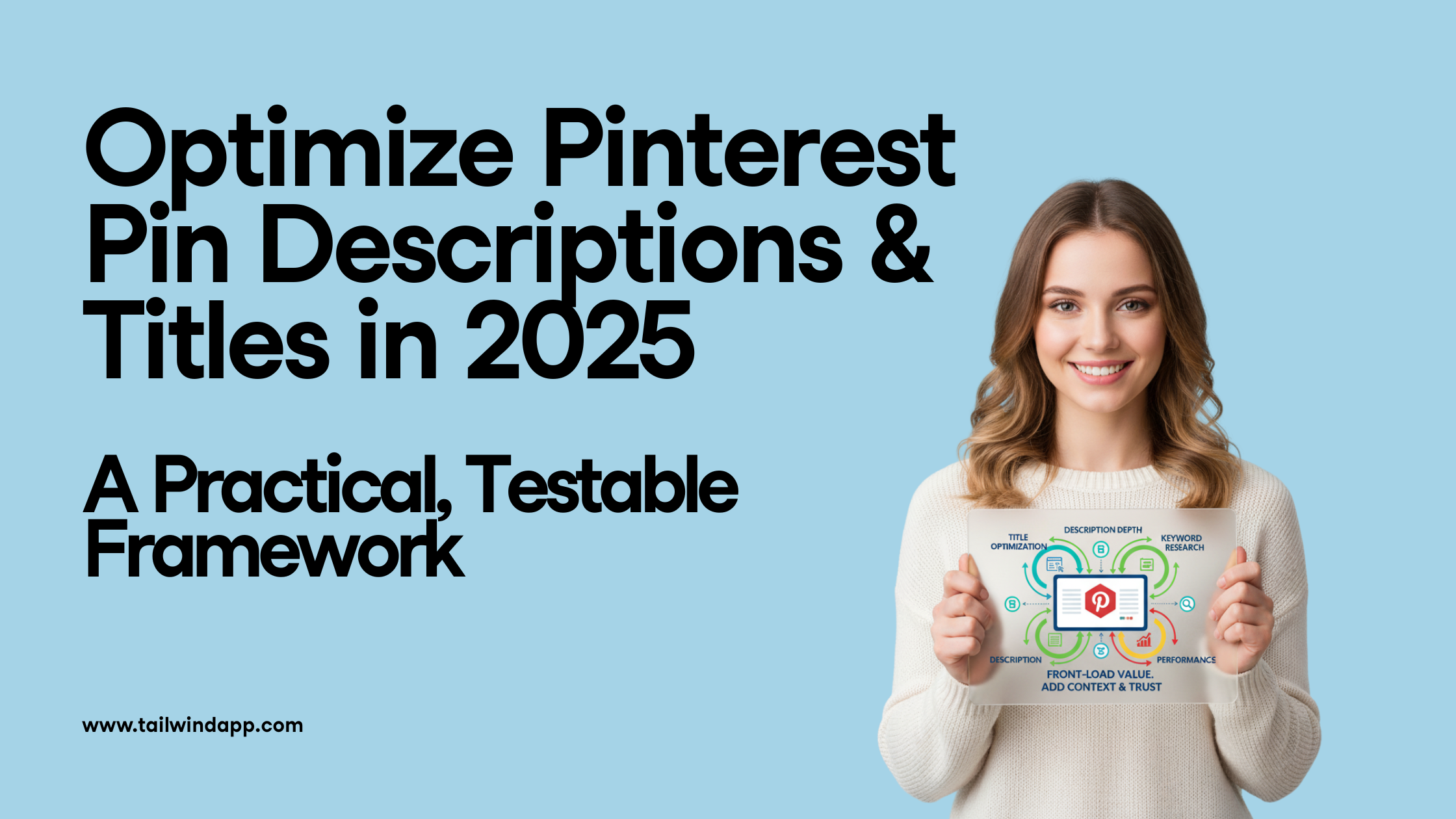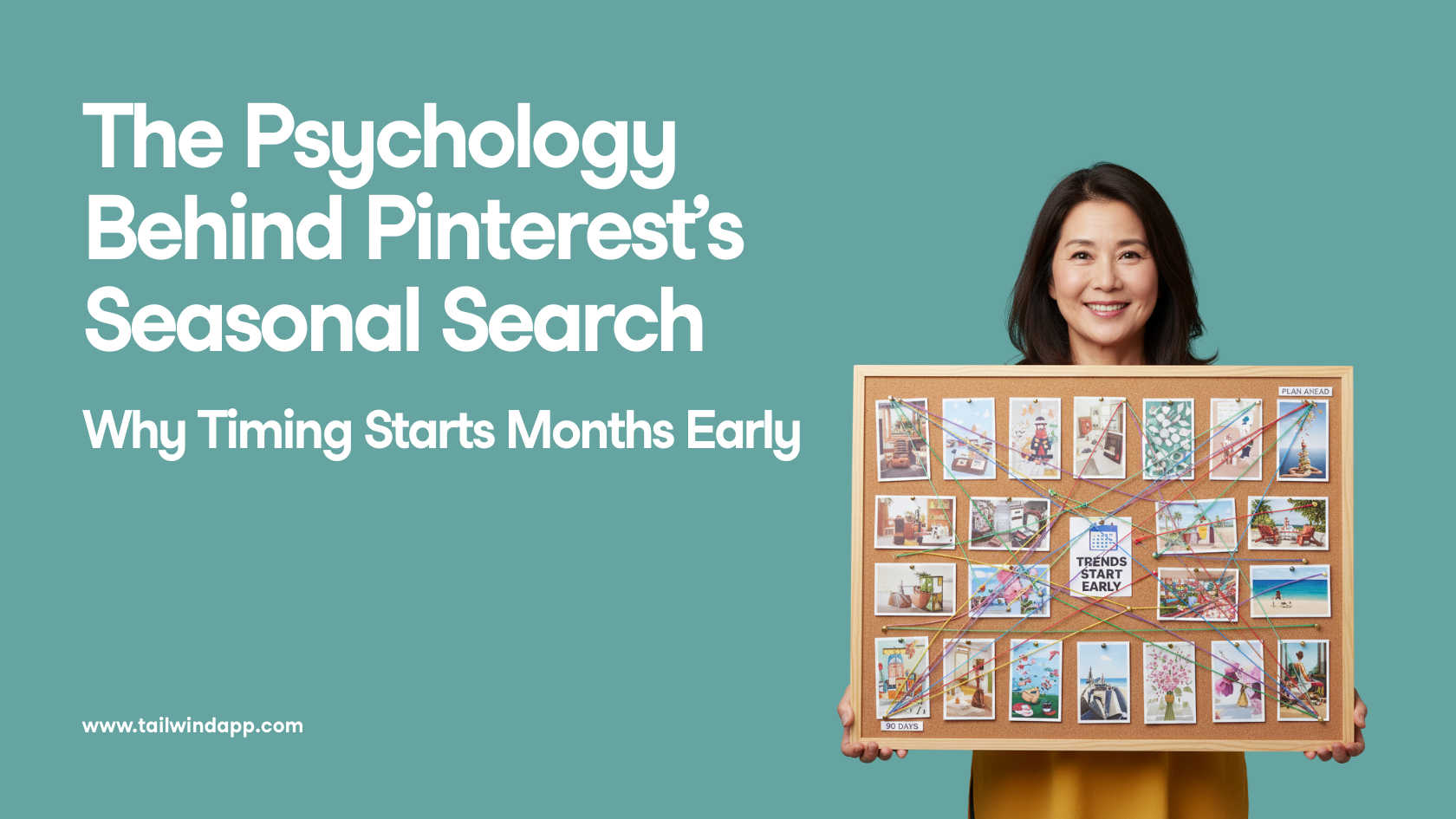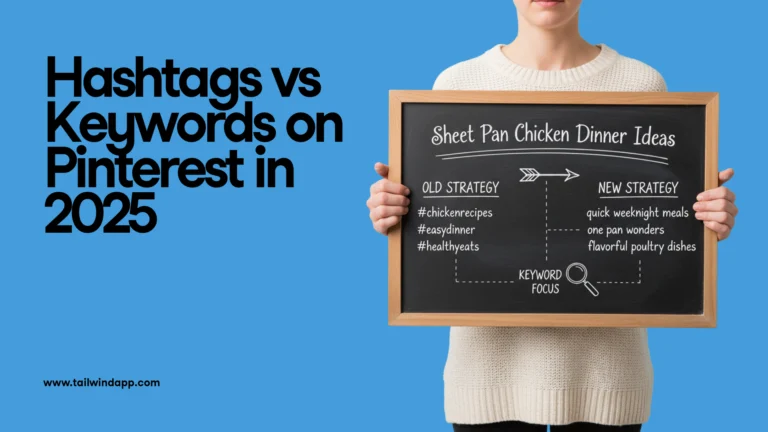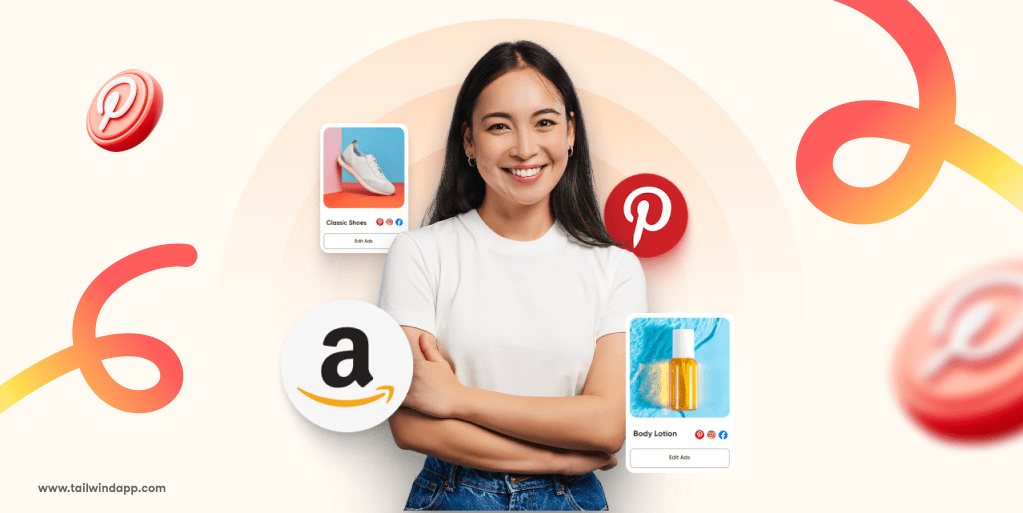
Hey there! So you’re thinking about combining Amazon’s affiliate program with Pinterest? Smart move! I’ve been diving into this strategy and wanted to share everything I’ve learned to help you get started on the right foot.
Why Amazon Affiliate Pinterest Is a Match Made in Heaven
Let’s be real: Pinterest isn’t just another social media platform. It’s a visual search engine where people are actively looking for inspiration and products to buy. According to Tailwind’s 2025 Pinterest Benchmark Study Part 1, Pinterest is one of the top platforms for driving purchase intent, which makes it perfect for affiliate marketing.
What’s really cool about Pinterest is that your content can continue driving traffic and sales for months (even years!) after you publish it. Unlike other platforms where content disappears from feeds within hours, Pinterest users save content for future reference. This means your Amazon affiliate Pins can have a much longer lifespan!
Setting Up Your Foundation
Creating Your Amazon Affiliate Account
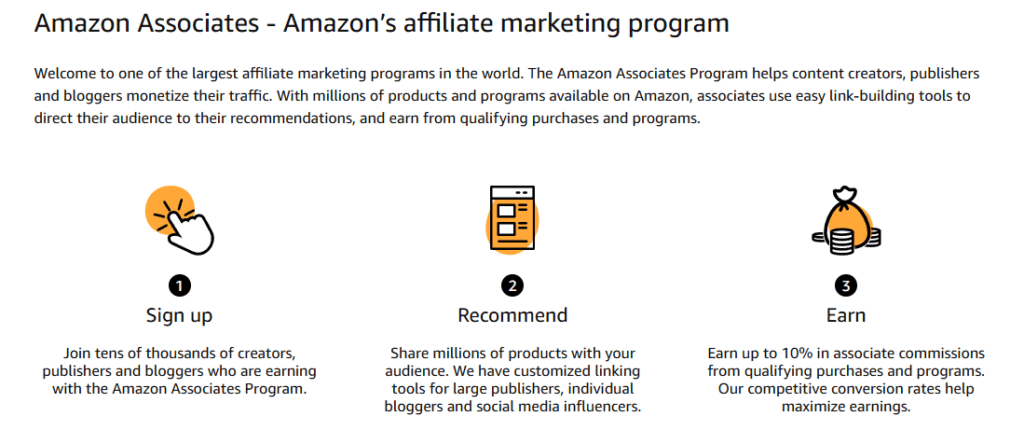
First things first, you need to join the Amazon Associates program:
- Head over to affiliate-program.amazon.com
- Create your account and fill out your profile (be thorough!)
- Add your website or blog
Here’s something many people overlook: commission rates vary significantly between product categories. For example, luxury beauty products typically offer higher commission rates than electronics. Taking the time to understand this commission structure can really impact your earnings, so don’t skip this research step!
Optimizing Your Pinterest Business Account
You’ll definitely want a business account for this strategy:
- Either convert your existing personal account, or create a fresh business one
- Complete your profile with keywords related to your niche
- Verify your website if you have one (this helps build credibility)
- Connect your other relevant social platforms
- Set up proper analytics tracking
A well-optimized business profile helps establish trust and improves your discoverability. The business account also gives you access to analytics tools that personal accounts don’t have — and trust me: you’ll want those insights!
Pay special attention to your profile image, display name, and bio. These elements create your first impression with potential followers and can influence whether users choose to engage with your content.
Keyword Research: Finding What Works
Based on both Pinterest trends and the 2025 Benchmark Study Part 2, these product categories tend to perform particularly well:
- Home decor and interior design
- Fashion and accessories
- Beauty products and skincare
- Kitchen gadgets and cooking supplies
- Fitness equipment and workout gear
- Travel accessories and luggage
- Craft supplies and DIY materials
When selecting your focus areas, consider both Amazon’s commission rates and the competition level in each niche.
For effective keyword research:
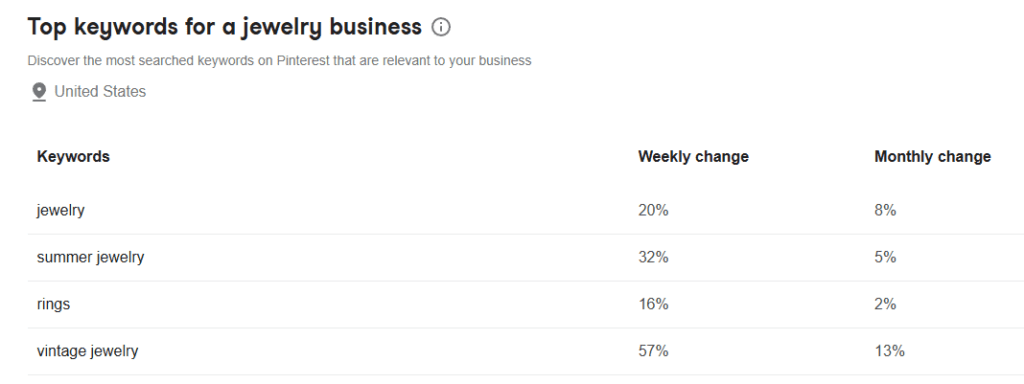
- Use Pinterest’s search bar for autocomplete suggestions
- Try the Tailwind Pinterest Keyword Tool
- Check out the guided search categories that appear after your initial search
- Look at Amazon’s “Customers also bought” sections for related product ideas
- Analyze competitors’ boards for keyword inspiration
- Look for seasonal trends to influence your content calendar
Long-tail keywords are your best friends here! Rather than just “yoga mat,” think “eco-friendly cork yoga mat for hot yoga beginners.” These detailed keywords have less competition and attract users who are closer to making purchasing decisions.
Also, pay attention to the search intent behind different terms. Some keywords indicate browsing behavior, while others suggest readiness to purchase. For affiliate marketing, focusing on keywords with buying intent typically yields better conversion rates.
Optimizing Your Pinterest Profile for Affiliate Success
Instead of creating generic boards like “Cool Stuff,” organize your boards around specific product categories or consumer problems. Think “Small Kitchen Organization Solutions” or “Home Office Essentials for Small Spaces.”
Each board should have:
- A descriptive, keyword-rich title
- A detailed description with relevant search terms
- A cover image that represents the board’s theme
- Consistent, high-quality Pins
Aim to have at least 20-30 Pins per board before making it public. This initial content helps establish the board’s relevance and provides immediate value to new visitors.
For your overall profile:
- Include niche keywords in your display name (e.g., “Jane Smith | Home Organization Solutions”)
- Write a bio that clearly explains how followers will benefit
- Add a compelling call-to-action
- Include your website to build credibility
- Maintain a consistent visual style across your profile
Need help creating a Pinterest Profile that Pops? Get our free download and mini-course.
Your profile is essentially your storefront on Pinterest. First-time visitors often check it before deciding to follow you, so making a strong impression is crucial.
Creating Pins That Convert

Based on Pinterest best practices and the Tailwind benchmark studies, focus on these elements for high-converting Pins:
- High-quality product images (preferably with white/neutral backgrounds)
- Text overlay that addresses a specific problem or benefit
- Multiple images in carousel format when appropriate
- Consistent branded design elements
- Proper image dimensions (2:3 vertical ratio works best)
- Clear, readable typography
- Strong color contrast for better visibility
- Minimal clutter in the design
For your Pin descriptions:
- Place relevant keywords at the beginning
- Keep your tone conversational and helpful (like we’re chatting over coffee!)
- Include a clear but non-aggressive call-to-action
- Always disclose your affiliate relationship (required by both Amazon and Pinterest)
- Use relevant hashtags (3-5 is plenty)
- Consider adding bullet points for key features
- Keep the overall length around 100-200 words
This formula delivers great results: [Problem/Solution] + [Key Benefit] + [Product Name] + [Call to Action] + [Disclosure]
Example: “Never struggle with tangled cords again! This sleek desk organizer keeps everything in place while looking stylish. Check out the link for current prices and colors. #affiliate”
Pro Tip:
Try to avoid using images directly from Amazon’s product listings if possible. Custom images typically perform better and help your Pins stand out from others promoting the same products.
Content Strategy That Builds Trust
The most successful Amazon affiliate Pinterest accounts use a balanced approach. Mix promotional Pins with valuable, non-promotional content that establishes your authority.
Consider including:
- Tutorial Pins that naturally integrate affiliate products
- Product comparison collections
- Problem-solution content featuring relevant products
- Inspirational content with subtle product placement
- Application demonstrations showing products in use
- Gift guides organized by recipient or occasion
- Budget-friendly alternatives to popular products
- Seasonal recommendations for holidays or events
- “Ways to use” collections showing product versatility
This mixed content approach helps build trust with your audience. When people see you providing genuine value, they’re more likely to trust your product recommendations.
Seasonal planning is crucial for success. According to Tailwind’s research, getting ahead of seasonal trends gives your content time to gain traction before peak shopping periods.
Pro Tip:
Tailwind Extension makes this planning process so much easier, allowing you to prepare holiday Pins well in advance.
For effective seasonal planning:
- Create a 12-month content calendar highlighting key shopping periods
- Prepare holiday content at least 60-90 days before the actual event
- Consider shopping lead times for different product categories
- Identify micro-seasons relevant to your niche (back-to-school, spring cleaning, etc.)
- Refresh evergreen content regularly
Tracking What Works
You’ve got to measure your performance to improve! Implement proper tracking through:
- Creating unique tracking IDs in your Amazon Associates dashboard for different Pin campaigns
- Using UTM parameters to identify traffic sources
- Utilizing Tailwind’s analytics tools to understand which Pins generate the most clicks and conversions
- Setting up regular reporting cycles (weekly, monthly, quarterly)
- Documenting both your successes and failures
The Tailwind benchmark study shows that accounts that regularly analyze and adjust their strategies typically see better results than those using a “set and forget” approach. Developing a systematic way to track what works allows you to refine your strategy over time.
Key metrics to watch include:
- Click-through rate (CTR)
- Conversion rate on Amazon
- Revenue per Pin
- Top-performing product categories
- Optimal posting times
- Pin engagement (saves, comments)
- Board performance comparisons
- Audience demographics and interests
When analyzing performance, look beyond just the total revenue. Consider:
- Which products have the highest conversion rates
- Which Pin designs drive the most clicks
- What content topics generate the most engagement
- Which boards attract the most followers
- How seasonal factors affect different product categories
This deeper analysis helps inform both your content creation and scheduling decisions.
Best Practices for Amazon Affiliate Pinterest Success
Based on successful Pinterest affiliate marketers, these practices tend to yield the best results:
- Consistent visual branding (using a defined set of fonts and colors)
- Balanced content mix (promotional and value-based content)
- Regular scheduling for consistent visibility
- Dedicated boards for each product category
- A sustainable posting frequency that maintains quality
- Engagement with your audience through comments
- Regular content audits to remove underperforming Pins
- Updating evergreen content with fresh images periodically
- Learning from analytics rather than assumptions
- Patience and persistence through algorithm changes
Creating seasonal content well in advance gives you a huge advantage. While others rush to develop holiday content, your Pins will have already gained traction and search visibility.
Common mistakes to avoid:
- Over-promoting products without providing value
- Inconsistent publishing schedules
- Poor-quality images or confusing designs
- Generic descriptions without targeted keywords
- Neglecting to disclose affiliate relationships
- Focusing too narrowly on commission rates alone
- Copying competitors rather than developing your unique approach
- Ignoring Pinterest’s best practices and guidelines
I hope this guide helps you get started with your Amazon affiliate Pinterest strategy! Remember, success doesn’t happen overnight, but with consistent effort and strategic planning, you can build a profitable affiliate marketing presence on Pinterest. Let me know if you have any questions!

